To fulfill the development policies and commitments of our procurement and supply chain, EVA Air has established the following supply chain sustainability management process to drive continuous improvement in our partner suppliers so as to enhance their sustainability performance and achieve the core value of mutual benefit.
Sustainability Standards and Risk Assessment
Before working with suppliers, EVA Air evaluates their past credit records as well as other aspects, including supplier image and whether there are any records of serious legal (regulation) violations. In the new supplier evaluation and selection process, at least 10% ESG weighting is used as a criterion for overall assessment. Furthermore, a score of 60% or higher in ESG-related categories is required to pass the new supplier screening. In 2024, all newly onboarded suppliers were selected based on this standard. Specific country, industry, and product risks are also taken into consideration. We have announced the “Supply Chain Sustainable Development Policy” to the internal main procurement departments, and all the contracts with our major suppliers include termination or cancellation clauses. If any supplier is found to have violated the corporate sustainable development policy and SCoC, the Company may require improvements. If the supplier fails to make improvements within the specified period or commits significant violations, EVA Air has the right to terminate the contract.
Aspects of Supply Chain Risks Screening and Risk Assessment Process
Before working with suppliers, EVA Air evaluates their past credit records as well as other aspects ,including environmental, social, governance, business relevance, country-specific, sector-specific and commodity-specific aspects. The supply chain risk assessment process is as below:
Distribution of risk assessment questionnaires
Analysis of questionnaire responses
Risk identification
Follow-up and improvement measures
ESG-related Criteria for Supplier Selection
| Target |
Selection method |
ESG-related Criteria |
| New suppliers |
Supplier Selection and Evaluation Form |
In the evaluation form for new suppliers, at least 10% ESG weighting is used as a criterion for overall assessment. Also, a score of 60% or higher in ESG-related categories is required to pass the new supplier screening. |
| Existing suppliers |
Sustainability Assessment Questionnaire (SAQ) |
The content of the Sustainable Assessment Questionnaire is determined based on initiatives such as the United Nations Global Compact, United Nations Guiding Principles on Business and Human Rights, International Labor Organization declarations, and the Responsible Business Alliance code, and covers a variety of ESG aspects. Existing suppliers with scores 90 or higher are considered excellent suppliers and will be given priority for future contract renewal. |
Perform Supplier Risk Identification
In addition to requiring suppliers to provide good quality and meet delivery deadlines, EVA Air also works with suppliers to protect the environment and provide a good employment environment in order to lead suppliers towards sustainability and thereby enhancing the competitiveness of the industry chain. In order to understand and grasp the sustainability status of the overall supply chain, we have developed the Sustainability Assessment Questionnaire (SAQ) in our procurement procedure manual and required suppliers to provide supporting information with reference to the UN Global Compact, the UN Framework and Guiding Principles on Business and Human Rights, Social Accountability 8000 International standard (SA8000), and the Responsible Business Alliance (RBA) Code of Conduct. Through the questionnaire, we evaluate the sustainability risks of suppliers.In 2024, questionnaires were issued to tier 1 suppliers and critical suppliers (tier 1 and non-tier 1), and the response rate was 100%.
Based on the Sustainability Assessment Questionnaire (SAQ) results, tier 1 suppliers with an SAQ score below 70 are defined as "high-risk suppliers". If there are no suppliers with a score below 70, those with the lowest 1% of scores are regarded as "high-risk suppliers." For critical non-tier 1 suppliers, those with an SAQ score below 70 are identified as "high-risk suppliers".
| |
|
2021 |
2022 |
2023 |
2024 |
| Tier 1 suppliers |
Number of suppliers surveyed
Response Rate (%) |
184
100% |
197
100% |
232
100% |
186
100% |
| Critical tier 1 suppliers |
Number of suppliers surveyed
Response Rate (%) |
56
100% |
56
100% |
57
100% |
50
100% |
| Critical non-tier 1 suppliers |
Number of suppliers surveyed
Response Rate (%) |
55
100% |
51
100% |
29
90% |
29
100% |
The Results of the Sustainability Assessment Questionnaire and Supplier Audit
Through in-depth analysis of the questionnaire responses, potential risks in the economic, environmental, and social aspects are identified in the supply chain. Audits and guidance are conducted for suppliers of concern, including those who may have higher risks and critical suppliers, to ensure effective risk control. In 2024, the overall sustainable risk assessment of the supply chain of EVA Air revealed no high-risk suppliers with scores below 70. Therefore, the results of the sustainable risk assessment were further analyzed, and the suppliers with the lowest 1% of scores or those with potentially higher risks were selected among the tier 1 suppliers. Audits and guidance were conducted for suppliers with potentially higher risks and critical suppliers. Audits were conducted through online, onsite methods and independent third party audit. A total of 13 significant suppliers among the tier 1 suppliers were audited, including one critical supplier who received an onsite audit from a third-party institution (Bureau Veritas Certification (BVC) Taiwan), and the investigation revealed potential risk factors such as violations of occupational health and safety regulations resulting in penalties and inadequate supply chain management systems. Information and resources were provided to address audit deficiencies; after discussion and guidance were given to suppliers, all improvements were made. As for critical non-tier 1 suppliers, based on the results of the risk assessment questionnaire, no high-risk signs were identified.

